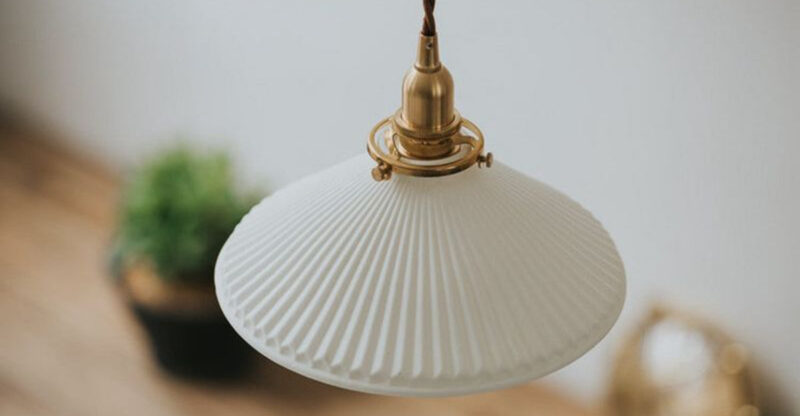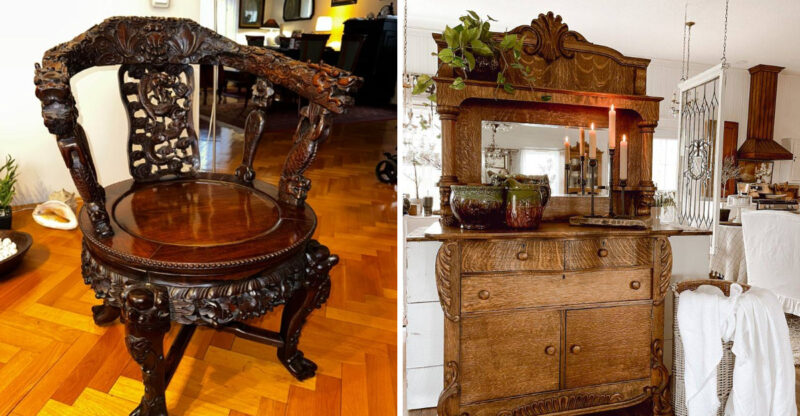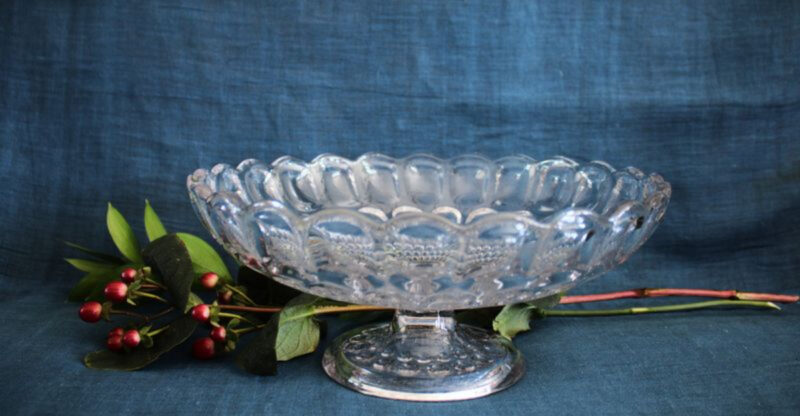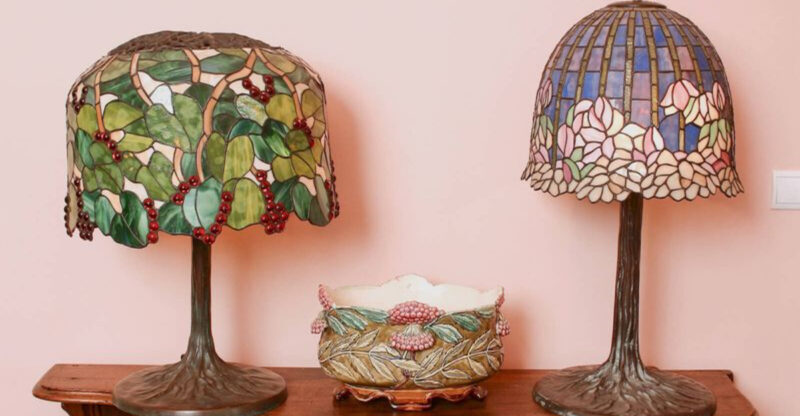What’s Out And What’s Hot 5 Antique Duds From 1900s And 9 Hidden Treasures
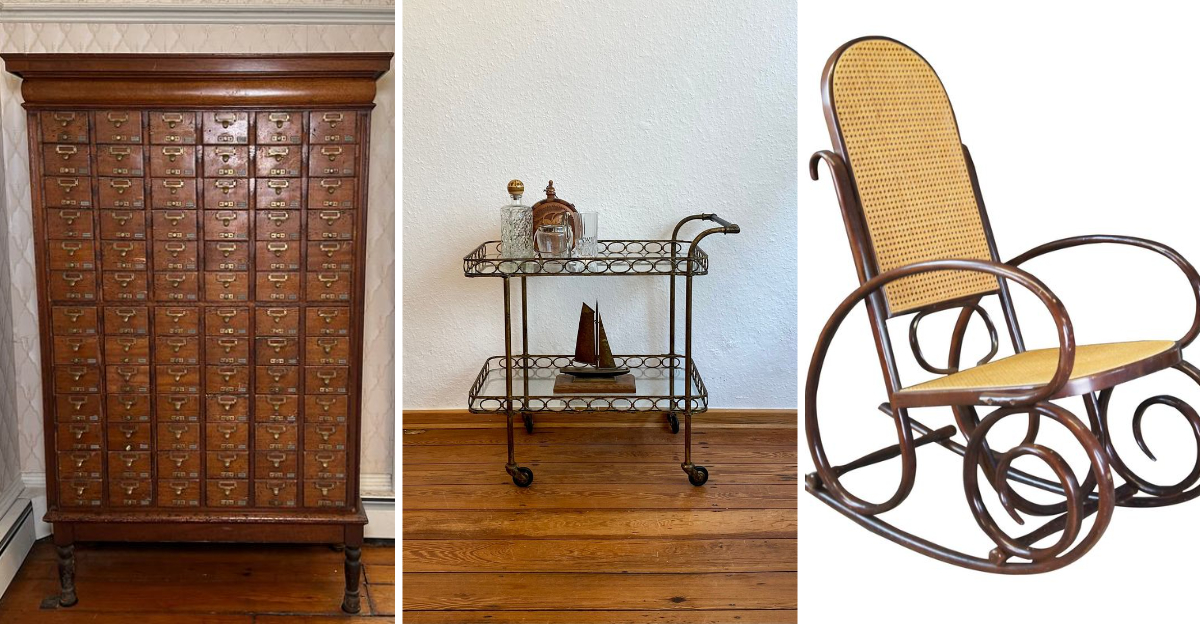
Ever wondered which antiques are worth your money and which ones just collect dust? The antique market changes like fashion, with yesterday’s must-haves becoming today’s yard sale leftovers.
I’ve spent years watching these trends shift, and now I’m sharing what’s fallen from grace and what’s secretly skyrocketing in value.
Whether you’re a collector, decorator, or just curious about old stuff, this guide will save you from expensive mistakes and point you toward hidden gold mines.
1. Pressed Back Chairs (Antique Dud)
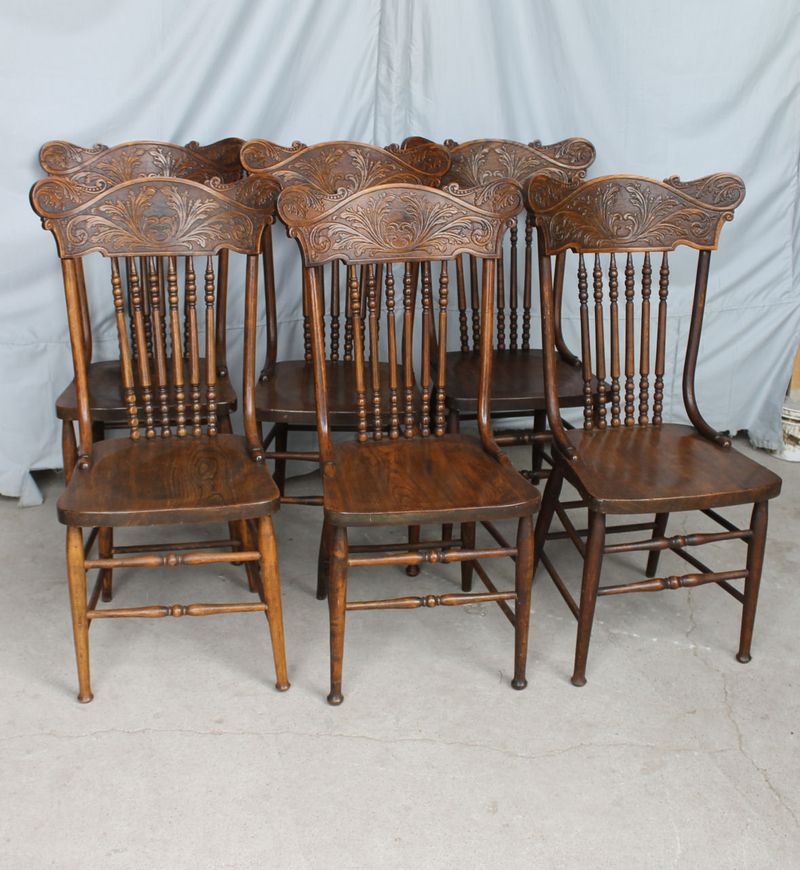
Once the darling of Victorian dining rooms, pressed back chairs have seriously tumbled in value. Manufactured by the millions in the late 1800s, these oak chairs with their machine-pressed designs just don’t excite modern collectors anymore.
Most sell for a fraction of their 1990s prices when country decor was all the rage. The market is absolutely flooded with them at estate sales and auctions, often going for $25-50 each when they once commanded $150-200.
If you inherited grandma’s set, don’t expect them to fund your vacation. Either enjoy them for their sentimental value or repurpose them with fresh paint for your own use. The craftsmanship remains solid even if the investment potential has collapsed.
2. Mass-Produced China Sets (Antique Dud)

Those complete 12-piece china sets that families once displayed proudly? They’re gathering dust in antique shops everywhere. Younger generations simply aren’t interested in formal dining traditions or the storage space these massive sets require.
Patterns like Noritake, Johnson Brothers, and even some Lenox sets have plummeted in value. What once represented wedding registry gold now struggles to sell for pennies on the dollar. A complete set that might have been valued at $1,000 in the 1990s might fetch just $200 today.
The exception? Truly rare patterns or pieces from the earliest production years. Otherwise, these formal dishes have become more burden than treasure for most inheritors and estate liquidators. Consider keeping just a few pieces for sentimental reasons.
3. Old Sewing Machines (Antique Dud)
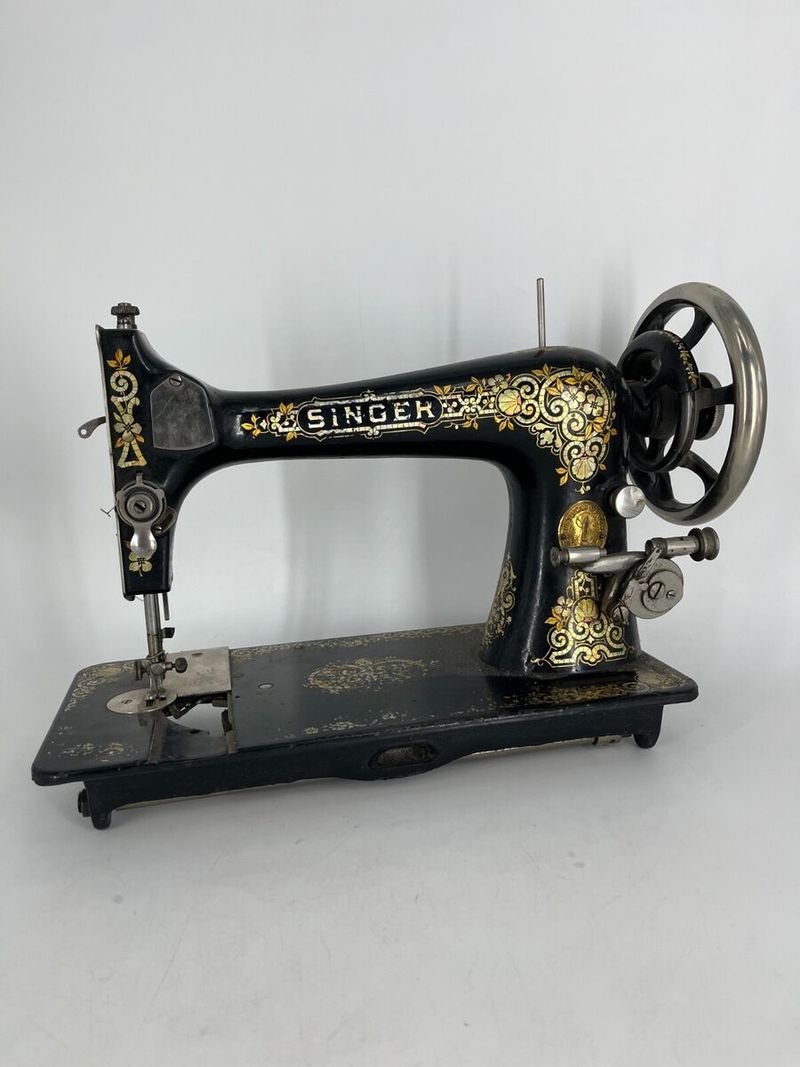
That heavy black Singer in your attic isn’t the goldmine you might think. Despite their beautiful cast iron details and ornate decals, most antique sewing machines from the early 1900s have minimal collector value today.
Singer produced millions of these workhorses, and their durability means they survived in tremendous numbers. Unless you have an extremely rare model or unusual design, most fetch between $50-150 hardly worth their weight and shipping costs.
Many dealers won’t even accept them anymore due to storage challenges and slow sales. The exception might be pristine machines with original accessories and manuals or unusual models like featherweights. For most standard models though, they’re better appreciated as decorative pieces than investments.
4. Victorian Balloon-Back Chairs (Antique Dud)
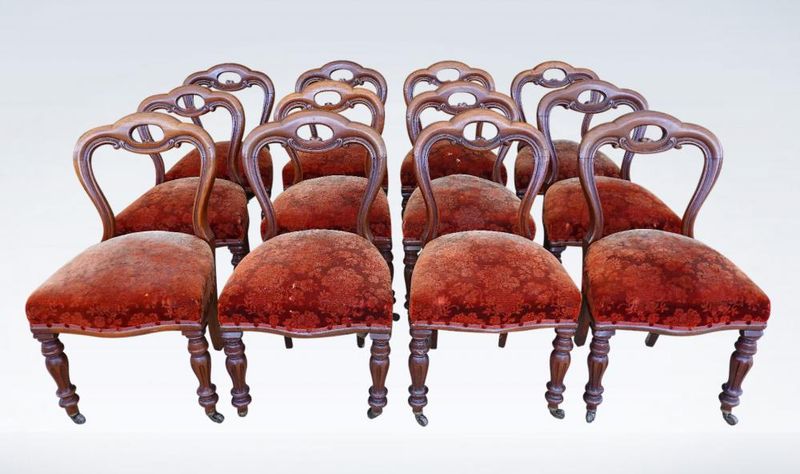
Those curved-back Victorian chairs that once graced formal parlors have deflated in both popularity and price. Their fussy, overly ornate styling and uncomfortable seating position make them impractical for modern homes and lifestyles.
I’ve watched auction prices tumble from $400-600 per chair twenty years ago to often less than $100 today. The dark mahogany finish and delicate construction that once signaled sophistication now feels dated and unwelcoming to contemporary buyers.
Restoration costs often exceed their market value, making them poor investments. If you’re determined to sell inherited balloon-backs, consider regional markets – they still have some following in traditional Southern homes and certain European markets. Otherwise, these once-prestigious seating options have largely lost their appeal.
5. Overly Ornate Wall Clocks (Antique Dud)
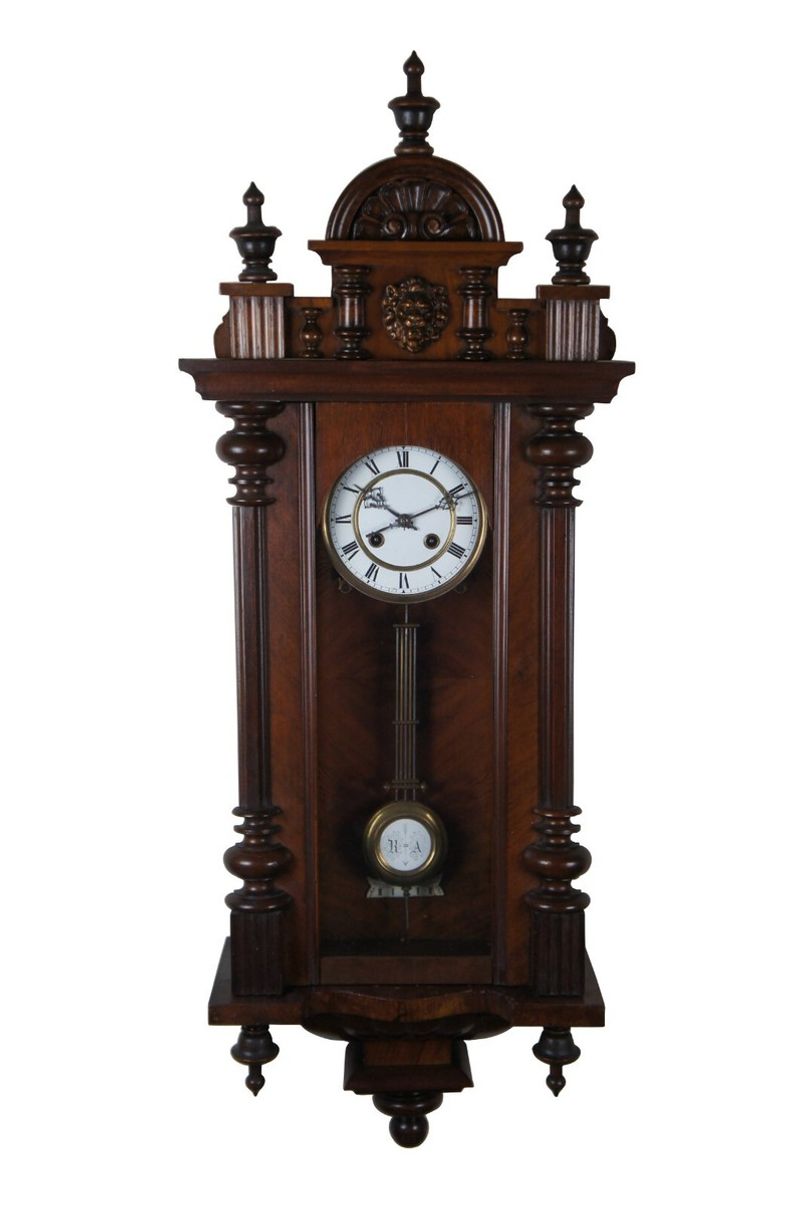
Those heavily carved, dark wood wall clocks from the Victorian and Edwardian eras have fallen dramatically from favor. With their fussy scrollwork and imposing size, they clash with today’s cleaner aesthetic preferences.
Mechanical issues compound their decline – finding qualified repair people gets harder each year. What might have commanded $1,000+ in the 1980s antique boom might struggle to reach $300 today, especially for common manufacturers like Ansonia or Sessions.
Heavy pendulum-driven models face additional challenges as fewer homeowners want to maintain the winding routine. While truly exceptional examples by renowned makers like Seth Thomas can still command premium prices, standard production models continue losing value yearly. The tick-tock of these timepieces seems to be counting down their market relevance.
6. Art Deco Bar Carts
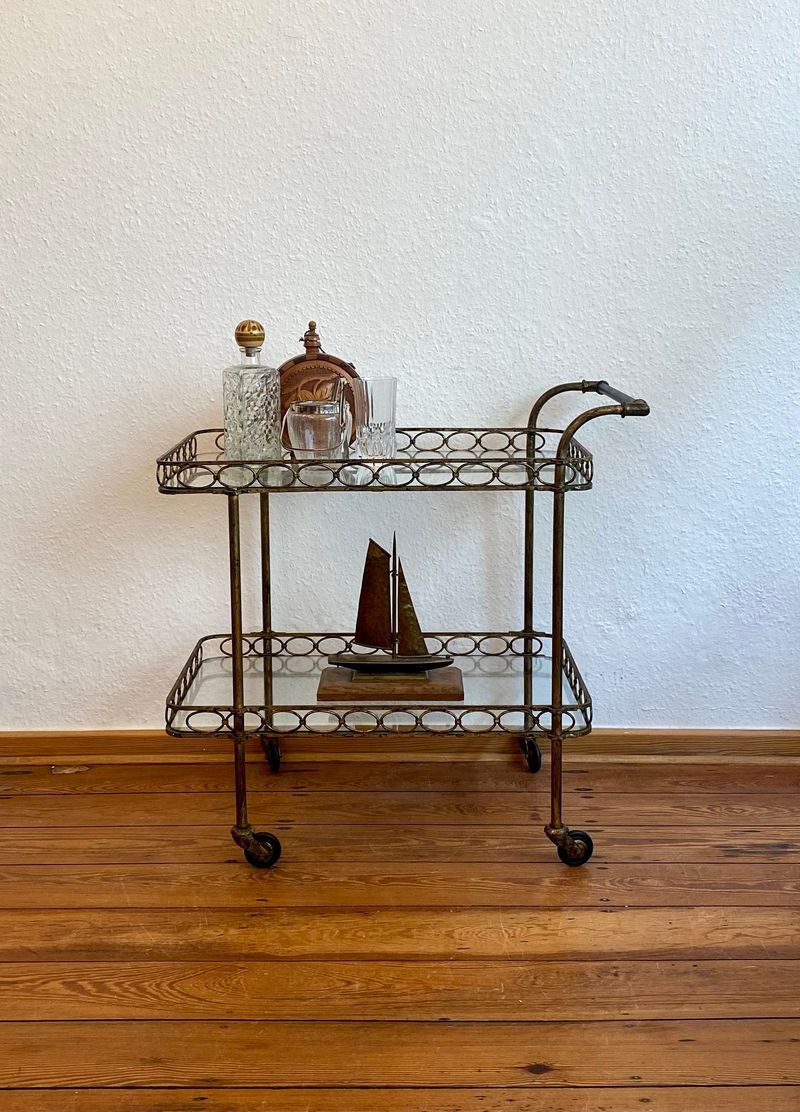
Sleek, glamorous, and incredibly practical, Art Deco bar carts from the 1920s-30s have roared back into fashion. Their geometric designs and mixed-metal construction perfectly complement today’s renewed interest in cocktail culture and entertaining at home.
Original carts by designers like Donald Deskey or Norman Bel Geddes can command $2,000-5,000, while even quality reproductions sell briskly. The combination of form and function makes these mobile bars ideal for smaller urban spaces.
Look for original brass or chrome details, glass shelving, and those distinctive streamlined wheels. The most valuable examples feature rare materials like Bakelite handles or exotic wood inlays. Smart collectors are snatching these up whenever they appear, recognizing their investment potential alongside their practical appeal in modern entertaining.
7. Apothecary Cabinets
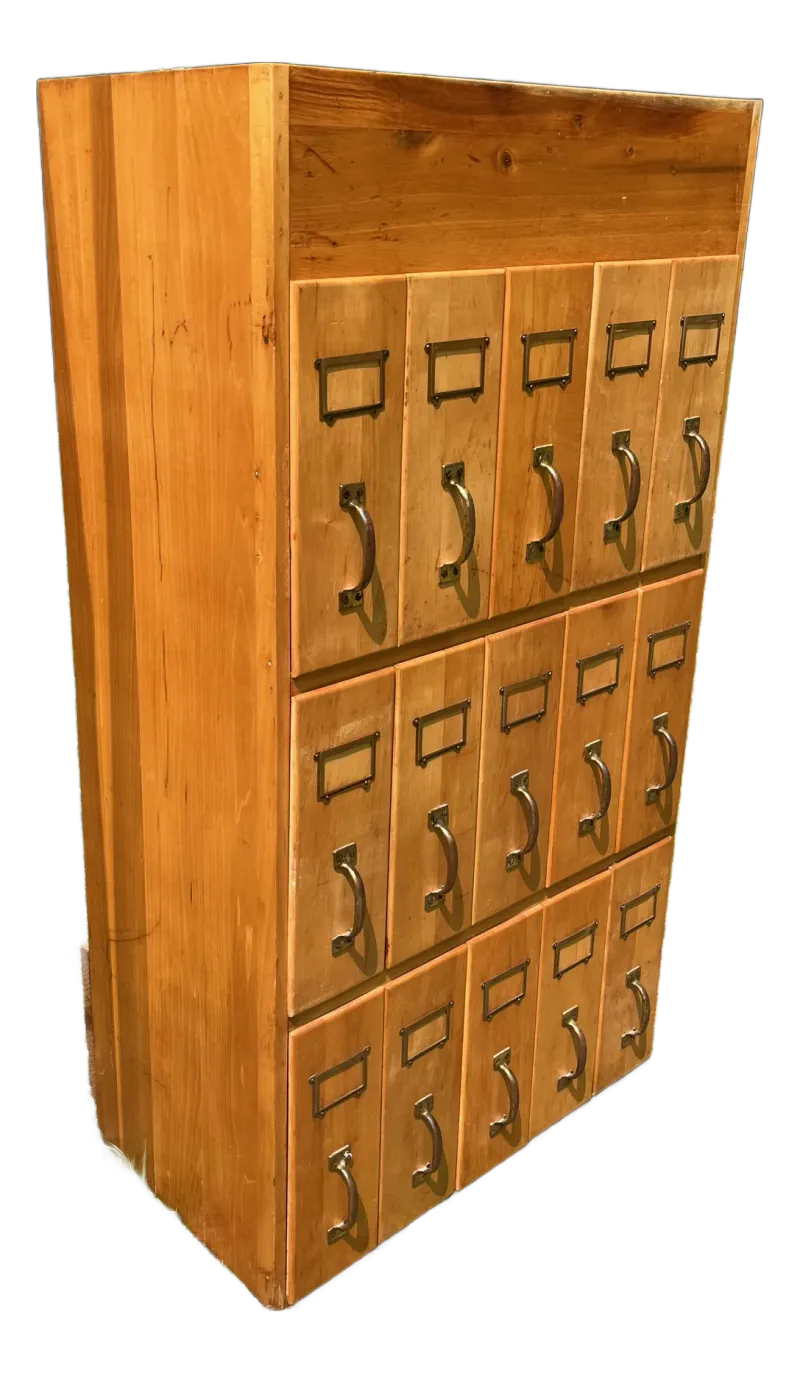
Originally designed for pharmacists and herbalists, vintage apothecary cabinets have become interior design superstars. Their dozens of small drawers offer both visual interest and practical storage for everything from jewelry to art supplies.
Authentic pharmacy cabinets from the 1880s-1920s with original hardware and labels can fetch $3,000-8,000 depending on size and condition. Even smaller countertop versions command premium prices as collectors and designers compete for these versatile pieces.
The honeycomb-like drawer configuration creates instant visual impact in modern spaces. Look for solid wood construction, dovetail joinery, and original brass label holders as signs of quality. While reproduction versions exist, the patina and craftsmanship of originals make them worth the investment for serious collectors and designers seeking statement storage pieces.
8. Primitive Farm Tables
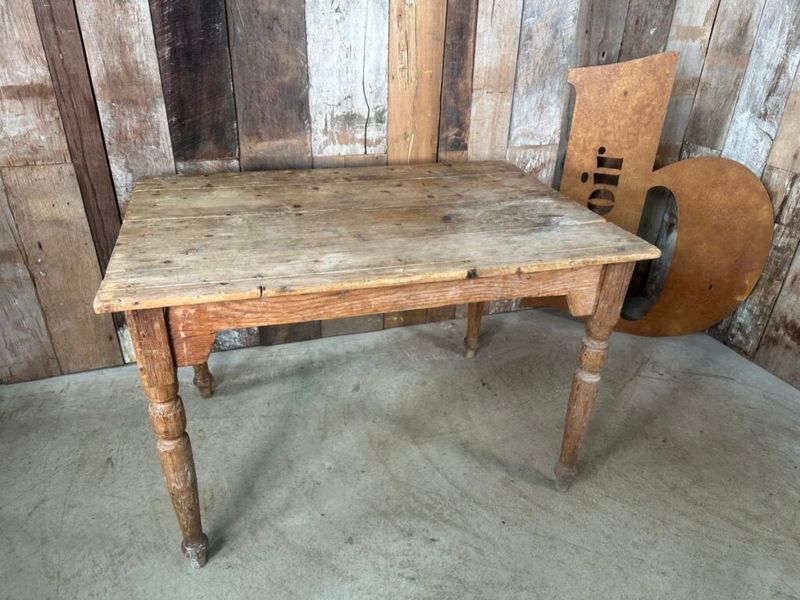
Weathered, worn, and wonderfully authentic, primitive farm tables have become the heart of modern farmhouse style. These sturdy workhorses from the 19th and early 20th centuries bring instant character to dining spaces with their hand-hewn construction.
Tables showing honest wear from generations of use command the highest prices, often $1,500-4,000 depending on size and condition. The imperfections knife marks, uneven planks, and varied patina are precisely what makes them valuable in today’s perfect-looking world.
Authentic examples feature thick plank tops, simple stretcher bases, and original square-head nails or wooden pegs. Avoid tables with excessive refinishing, as this destroys their primitive charm and value. The most desirable examples come with provenance linking them to specific farms or families, adding historical significance to their practical beauty.
9. Steamer Trunks
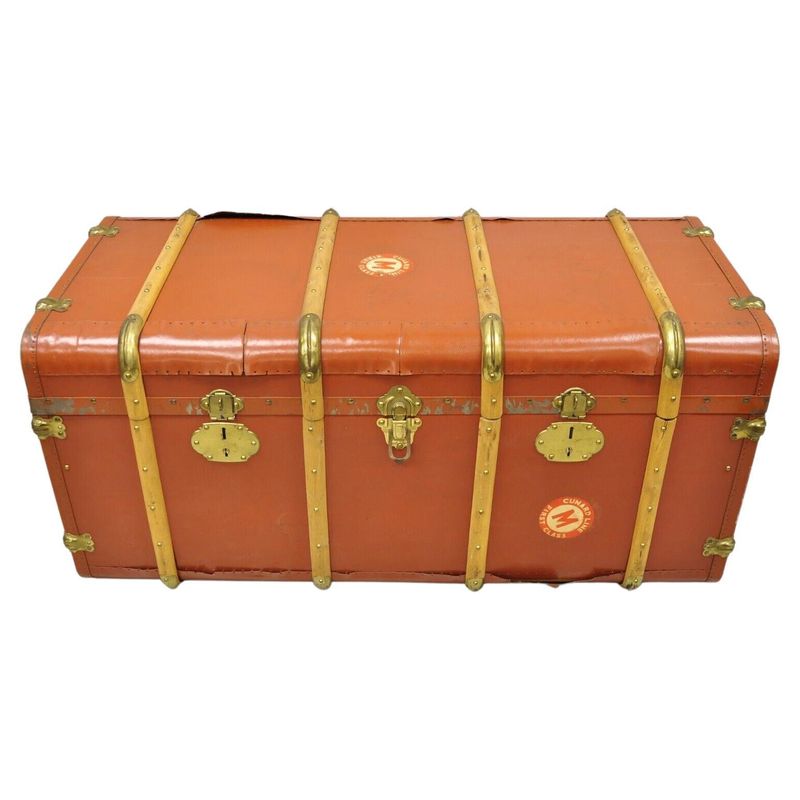
These magnificent travel relics from the golden age of steamship travel have found new purpose as statement furniture pieces. Once used by wealthy travelers crossing oceans, vintage steamer trunks now serve as coffee tables, storage benches, and distinctive home accents.
High-end examples from luxury makers like Louis Vuitton or Goyard can command astronomical prices ($5,000-20,000), but even standard models from the 1880s-1920s sell for $300-1,200 depending on condition. The most valuable feature original canvas coverings, interior compartments, and working hardware.
Beware of excessive restoration that removes historical character. Collectors prize trunks with original travel stickers from grand hotels and steamship lines. These personal time capsules connect us to an elegant era of travel while providing practical storage and conversation-starting appeal in contemporary homes.
10. Mercury Glass Decor
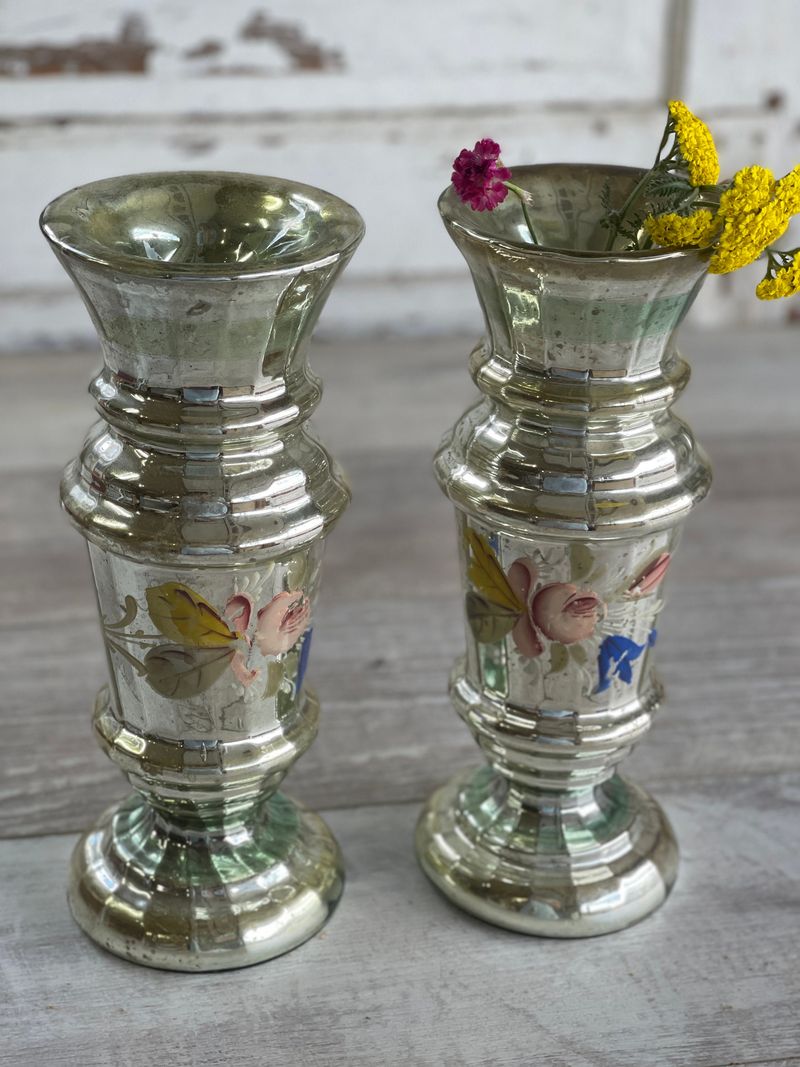
Those silvery, shimmering glass pieces you might mistake for tarnished silver? They’re mercury glass, and they’re having a major comeback moment. Created in the mid-1800s as an affordable alternative to silver, these double-walled glass pieces with silvering between the layers add instant glamour.
Vintage mercury glass from the Victorian era commands serious prices, with rare examples selling for $500+ each. Holiday ornaments, candlesticks, and decorative vessels from the 1850s-1910s are particularly sought after for their subtle glow and patina.
Modern reproductions abound, but authentic pieces have distinctive weight, seams where the silvering was inserted, and a softer, more irregular reflective quality. The most valuable examples maintain their original silvering without significant flaking or deterioration. Their ability to reflect candlelight makes them perfect for creating ambient lighting in contemporary interiors.
11. Library Card Catalog Cabinets
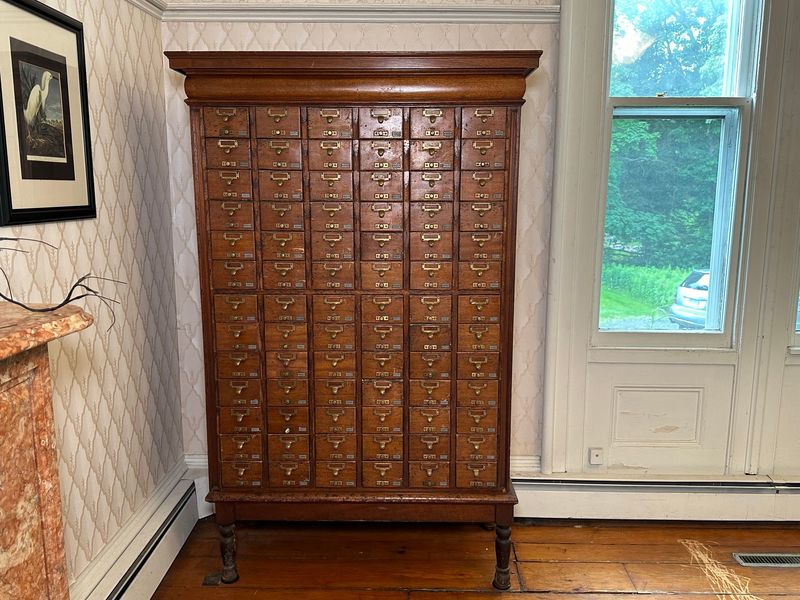
Nostalgia meets organization in these multi-drawered wonders from our pre-digital past. Once the backbone of library research, vintage card catalog cabinets have found passionate new audiences among collectors, designers, and anyone needing beautiful storage solutions.
Complete original cabinets can command $2,000-5,000, with rare examples reaching even higher. Their dozens of small, perfectly proportioned drawers provide ideal storage for everything from jewelry to spices to craft supplies.
The most valuable examples retain original brass hardware, label holders, and drawer pulls. Oak versions from the early 1900s are particularly prized. While reproductions exist, they lack the solid construction and character of authentic library pieces. Smart collectors snap these up whenever they appear, recognizing both their practical versatility and their ability to evoke intellectual nostalgia in home and office settings.
12. Mid-Century Modern Sideboards
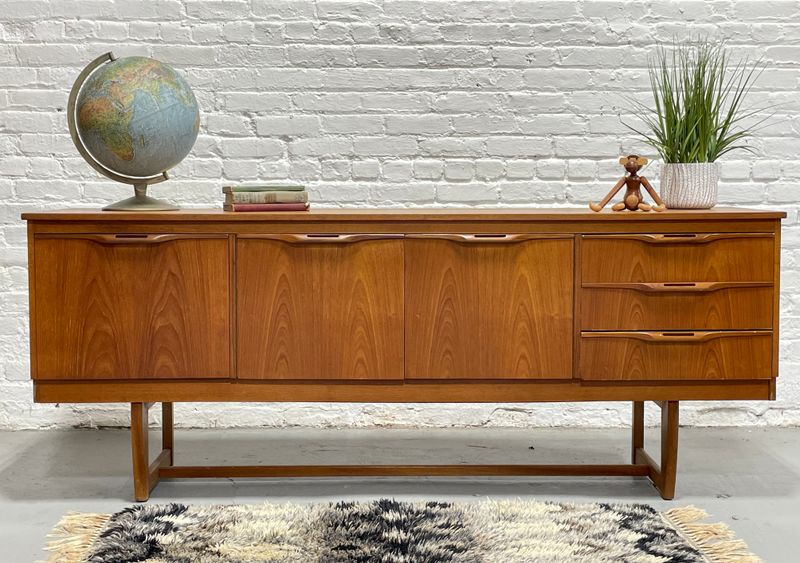
Long, low, and undeniably cool, mid-century sideboards (sometimes called credenzas) have become design world darlings. These streamlined storage pieces from the 1950s-60s perfectly balance form and function with their clean lines and innovative storage solutions.
Designer pieces by names like Eames, McCobb, or Wegner can fetch $3,000-10,000, while quality “anonymous” examples still command $800-2,500. Their floating appearance on slim legs creates visual lightness despite substantial storage capacity.
Look for original hardware, intact veneer, and distinctive design elements like tambour doors or geometric inlays. Teak, walnut, and rosewood examples are particularly coveted. The most valuable pieces maintain their original finish rather than having been stripped and refinished. Their versatility as media consoles, dining storage, or office credenzas ensures their continued popularity with collectors and designers alike.
13. Vintage Schoolhouse Lighting
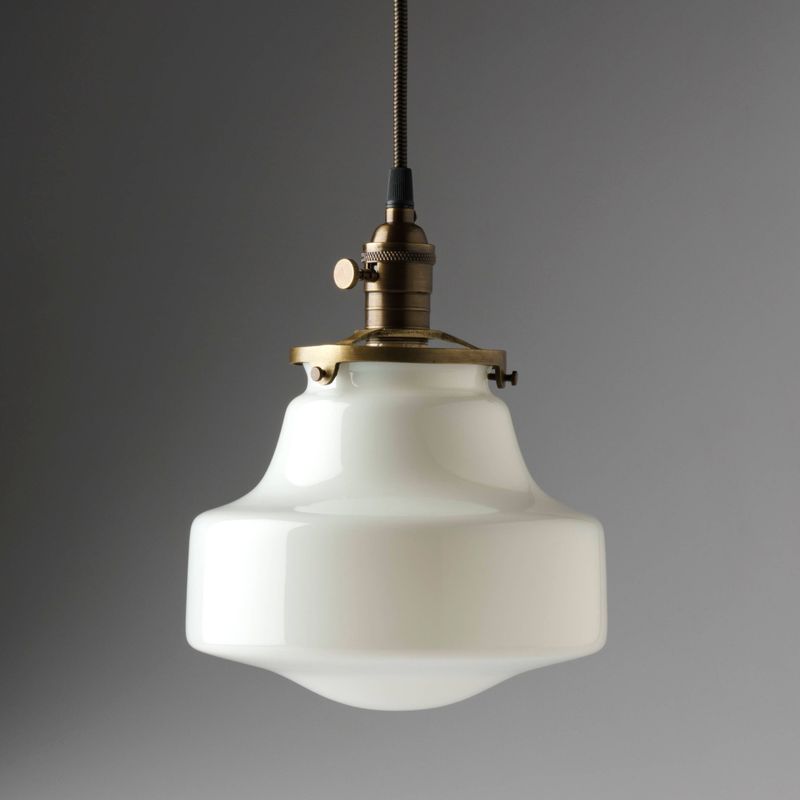
Those distinctive milk glass pendants and shades that once illuminated America’s classrooms have graduated to design stardom. Salvaged from schools built between 1900-1950, these fixtures combine industrial durability with timeless aesthetic appeal.
Original pendants with their distinctive white globes can sell for $200-600 each depending on size and condition. Wall sconces and rare colored glass versions command even higher prices. Their simple forms complement virtually any interior style from industrial to farmhouse.
Authentic examples feature heavy cast metal fittings, substantial glass thickness, and often carry maker’s marks from companies like Benjamin or Holophane. While many reproductions exist, they lack the weight and character of the originals. Designers prize these fixtures for their ability to provide ambient lighting while adding architectural character to contemporary spaces.
14. Bentwood Rockers
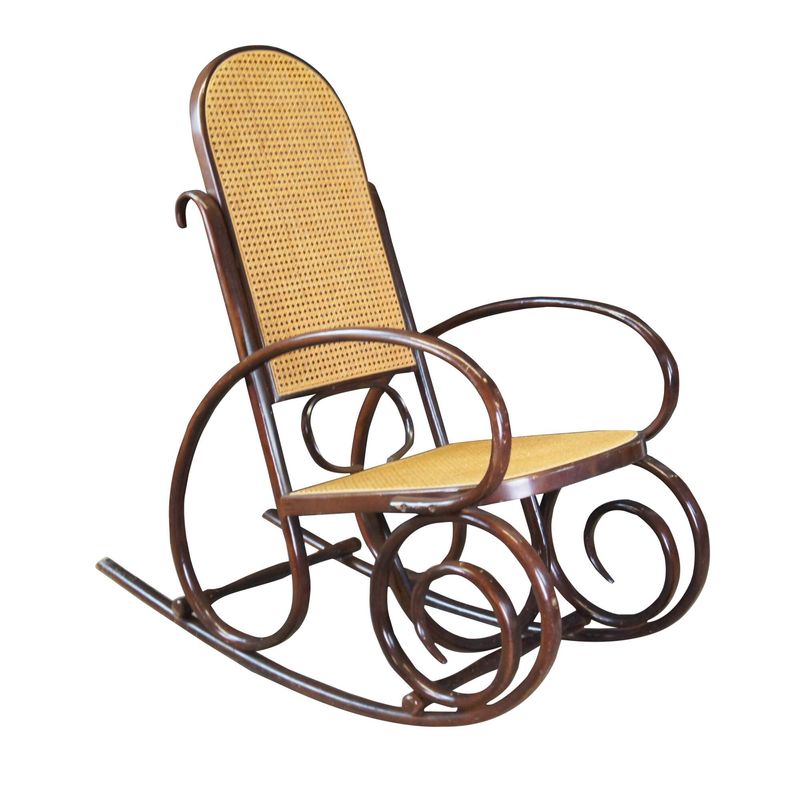
Graceful, lightweight, and surprisingly comfortable, bentwood rockers have curved their way back into design relevance. Pioneered by Michael Thonet in the mid-1800s, these innovative chairs used steam-bent wood to create flowing forms that were both beautiful and revolutionary in their production methods.
Authentic Thonet examples from the late 19th century can fetch $800-2,000, while quality bentwood rockers from other manufacturers typically sell for $300-700. Their organic curves complement today’s interest in mixing modern and traditional elements.
Look for smooth, continuous bends, original caned seats, and maker’s stamps on the underside. The most valuable examples maintain their original finish and show minimal repairs. Their visual lightness makes them perfect for smaller spaces, while their rocking function adds practical comfort. These technological marvels of their era have proven their staying power in both comfort and style.

